HUGE HINDI FILM SLUMP IS PUTTING THE INDUSTRY IN REAL DANGER
by ASJAD NAZIR
For decades, the Hollywood juggernaut managed to crush every major film industry in the world except Bollywood, which instead thrived and pulled in the largest audience numbers.
But now, for the first time since it was founded in the silent era, Hindi cinema is in real trouble and that is perfectly illustrated by the first six months of 2019.
After a disastrous 2018, with the three most notable failures being Race 3, Thugs Of Hindostan and Zero featuring Bollywood’s biggest three stars, the industry was in desperate need of a lift in 2019.
Things started off well with sleeper hit Uri: The Surgical Strike in January, but since then only recent release Kabir Singh reached a blockbuster status (despite outraging many female critics, audience members and activists with its questionable misogynistic messaging).
The rest of the 2019 releases have either been moderate successes, failures or epic box office disasters. Bharat and Manikarnika: The Queen of Jhansi had impressive opening weekends, but the high budget and release cost meant they were ultimately high-profile failures. Although the biggest disaster of the year was multi-starrer Kalank, there have been plenty of others that did very badly and incurred huge losses. Meanwhile, Gully Boy and Article 15 got great reviews, but weren’t able to do blockbuster numbers.
Last week, Hollywood film Spider-Man: Far From Home clocked up higher numbers in India than all the Bollywood films in cinemas combined. Most of the 2019 movies have been poorly reviewed, which demonstrates the sharp decline in quality.
This shows that Bollywood can no longer take audiences for granted as it has been doing and understand that commercial Hindi cinema is not their only option anymore.
Today, Indian audiences have countless television channels, multiple streaming sites and Hollywood films that are being dubbed into various regional languages.
Fake media reports and inflated box office numbers have tried covering up the problem of a decline, but the stagnant figures don’t lie.
Judging by the film releases coming up, it is only set to get worse for commercial Hindi cinema. Of the remaining films due for release in 2019, Saaho looks like being the only one that can clock up blockbuster numbers because it is being released in multiple languages; but most of the others look like they will either bomb badly at the box office or just be moderate successes.
In the past, it didn’t matter if Hindi cinema had a dip in quality, but today, it needs to raise its game because social media, the internet and satellite channels have made the world a smaller place.
Producers can no longer take audiences for granted or think casting someone with famous relatives will gain them success. More respect needs to be given to writers, talent outside famous families and progressive subjects. Also, powerful senior male actors and producers need to let the younger generation carry the torch forward, just as they did many years ago, instead of trying to cling onto past glories.
Today, the audience is smarter and they have more choices, the sooner Bollywood realises this the quicker it will resurrect itself, and stop this dramatic slide.





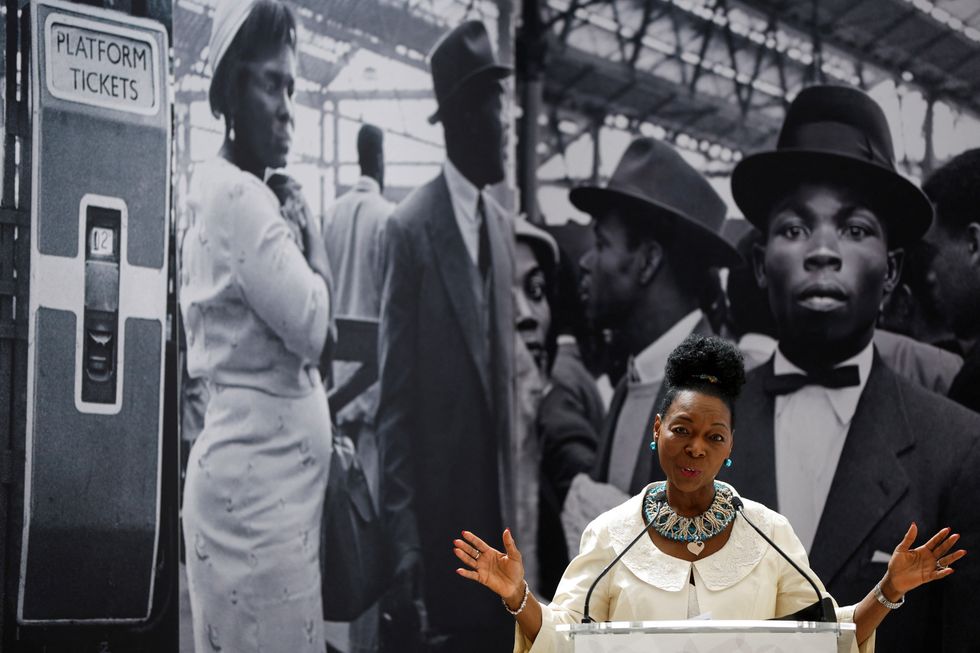 LONDON, ENGLAND - JUNE 22: Baroness Floella Benjamin speaks during the unveiling of the National Windrush Monument at Waterloo Station on June 22, 2022 in London, England. The photograph in the background is by Howard Grey. (Photo by John Sibley - WPA Pool/Getty Images)
LONDON, ENGLAND - JUNE 22: Baroness Floella Benjamin speaks during the unveiling of the National Windrush Monument at Waterloo Station on June 22, 2022 in London, England. The photograph in the background is by Howard Grey. (Photo by John Sibley - WPA Pool/Getty Images)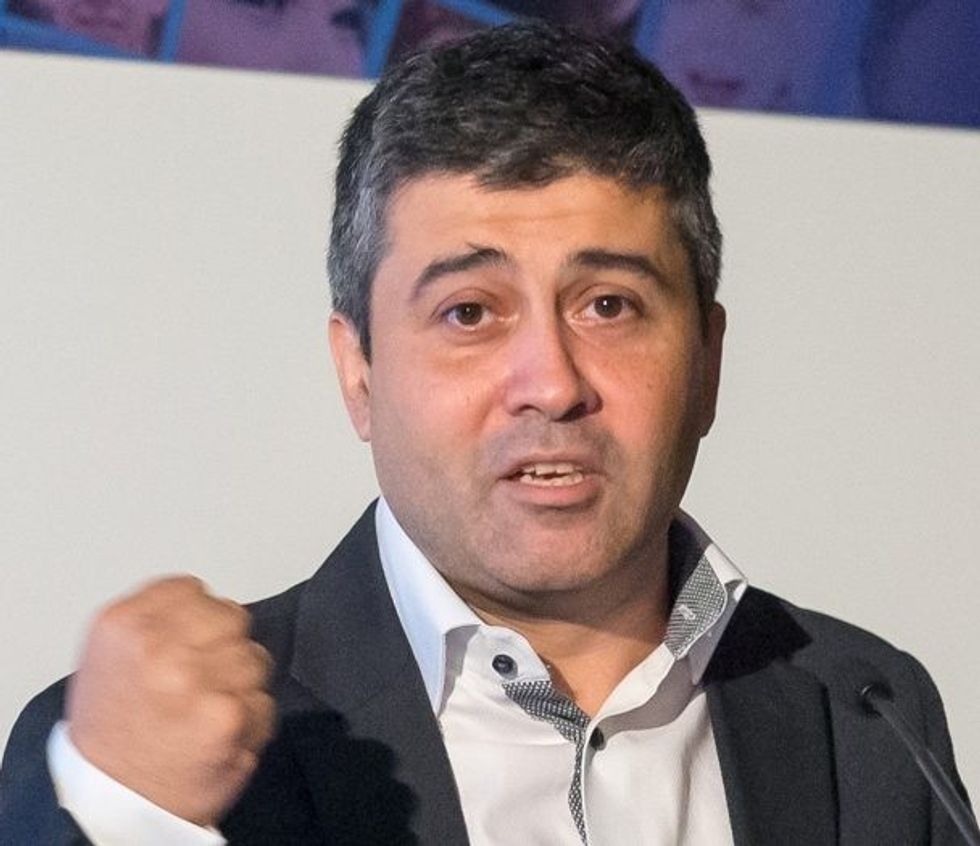
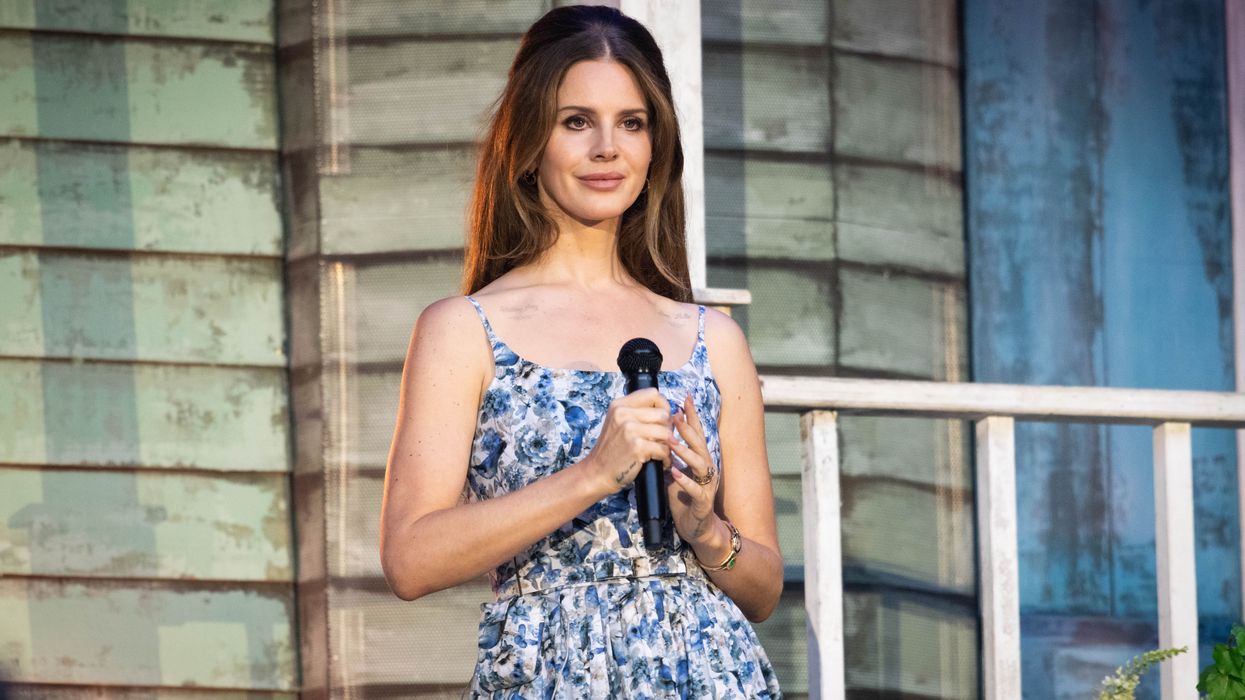
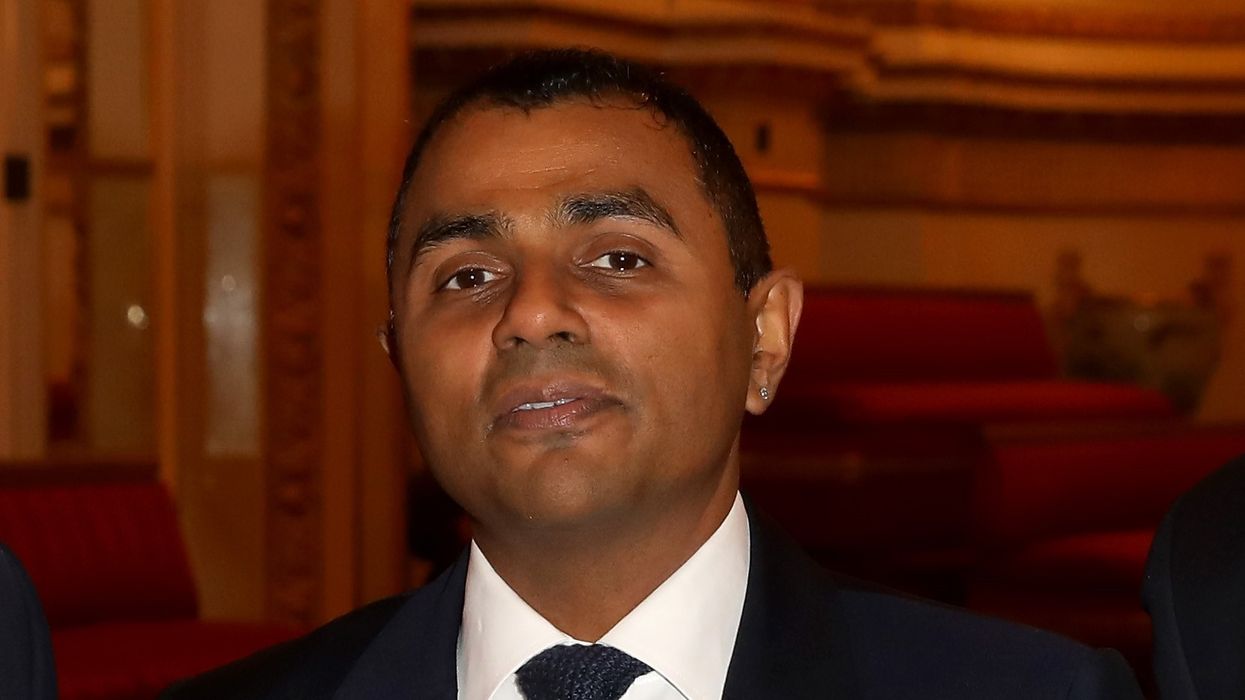

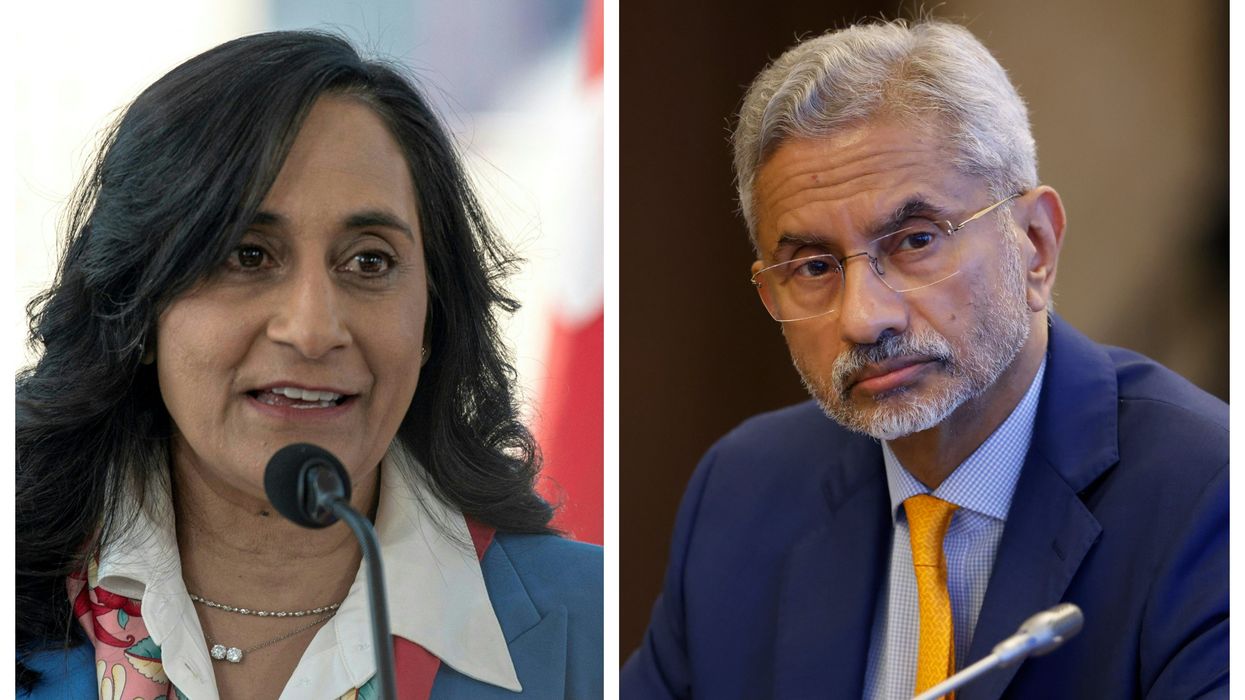

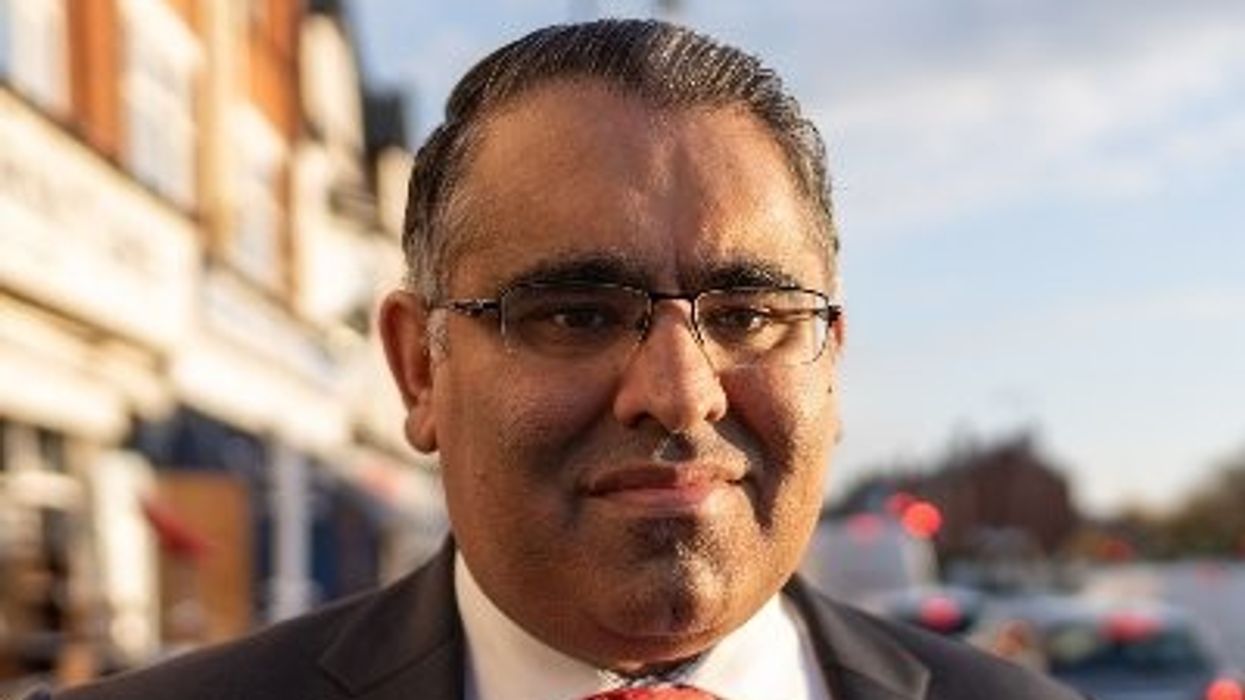



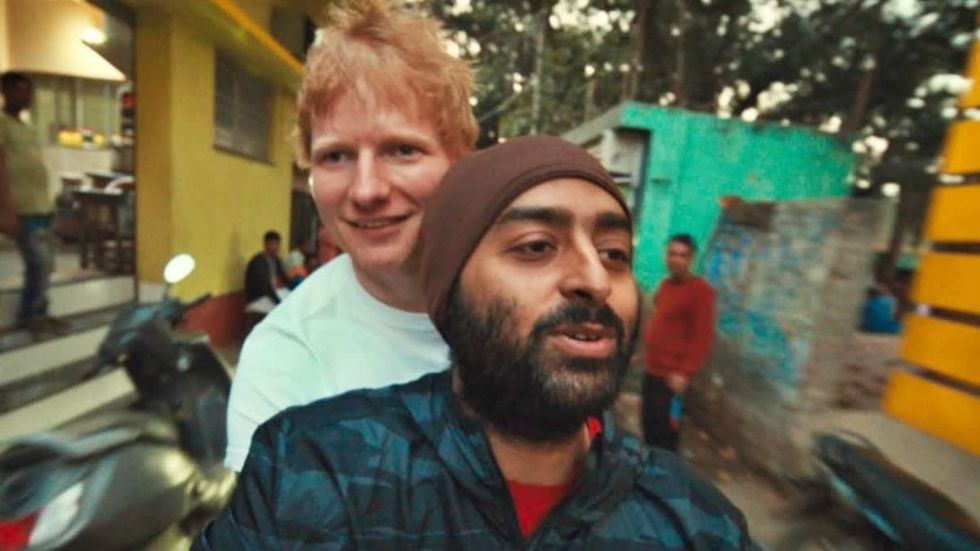 Ed Sheeran and Arijit Singh
Ed Sheeran and Arijit Singh Aziz Ansari’s Hollywood comedy ‘Good Fortune’
Aziz Ansari’s Hollywood comedy ‘Good Fortune’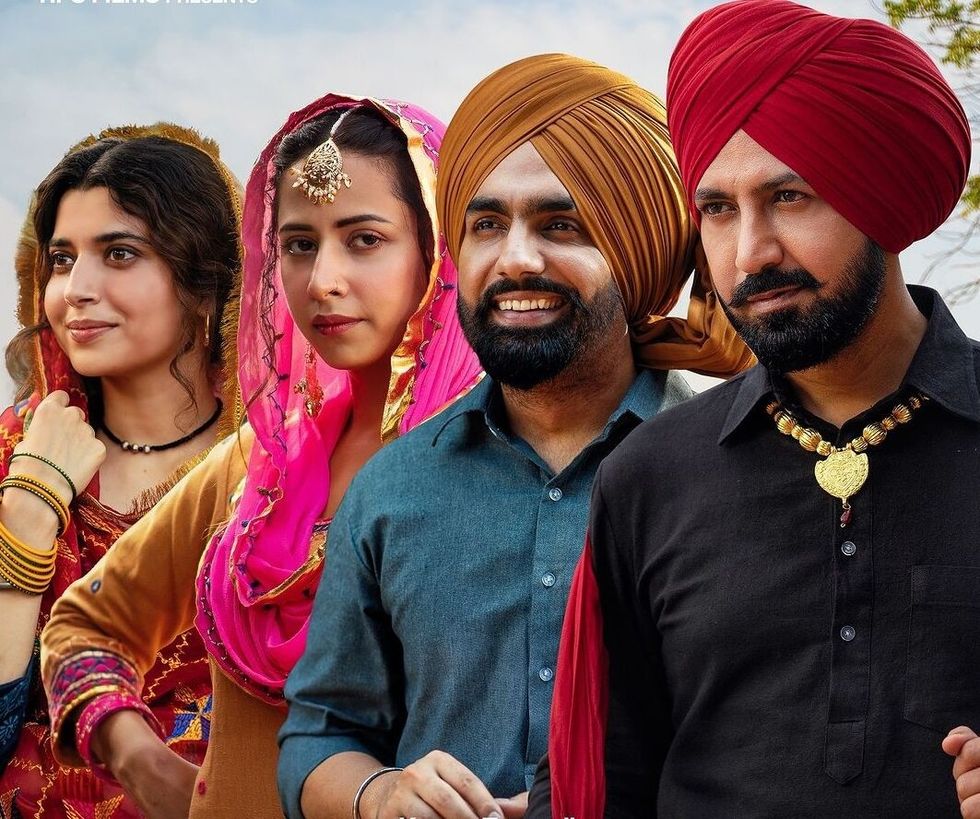 Punjabi cinema’s power-packed star cast returns in ‘Sarbala Ji’
Punjabi cinema’s power-packed star cast returns in ‘Sarbala Ji’ Mahira Khan
Mahira Khan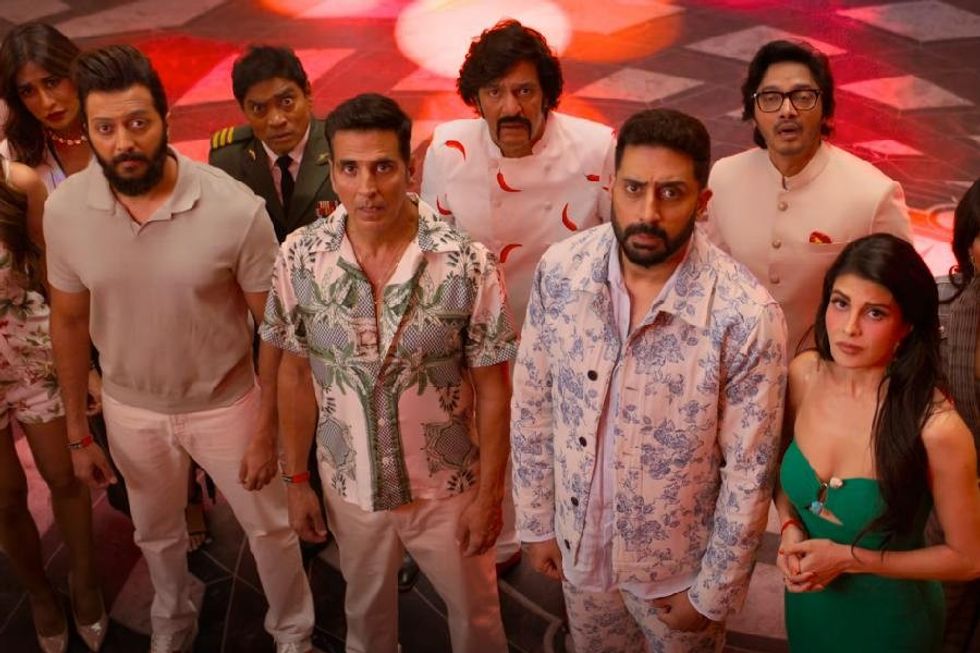 ‘Housefull 5’ proves Bollywood is trolling its own audience
‘Housefull 5’ proves Bollywood is trolling its own audience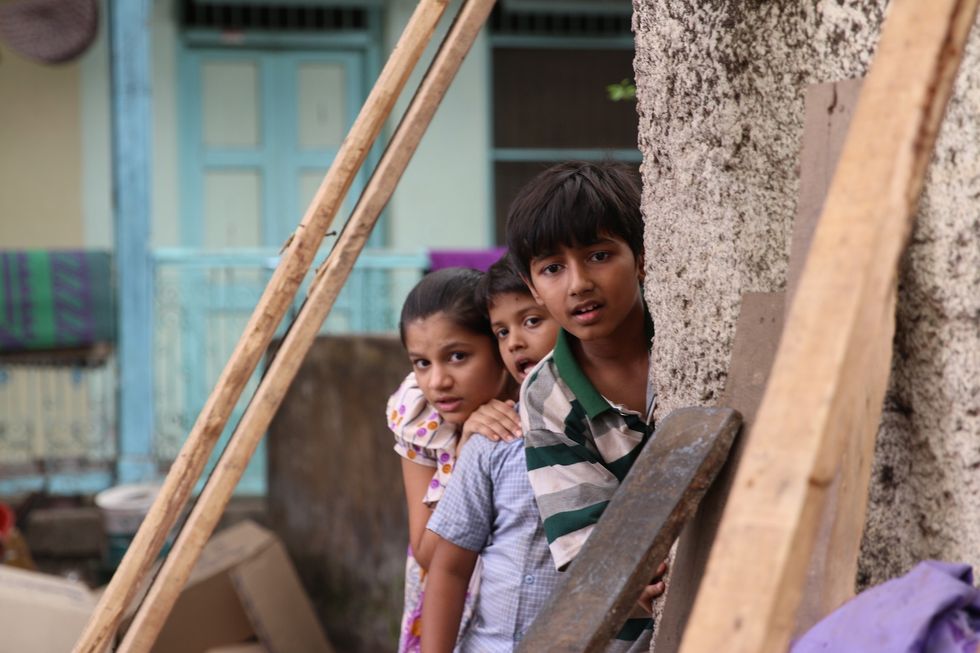 Brilliant indie film ‘Chidiya’
Brilliant indie film ‘Chidiya’  John Abraham
John Abraham Hina Khan and her long-term partner Rocky Jaiswal
Hina Khan and her long-term partner Rocky Jaiswal 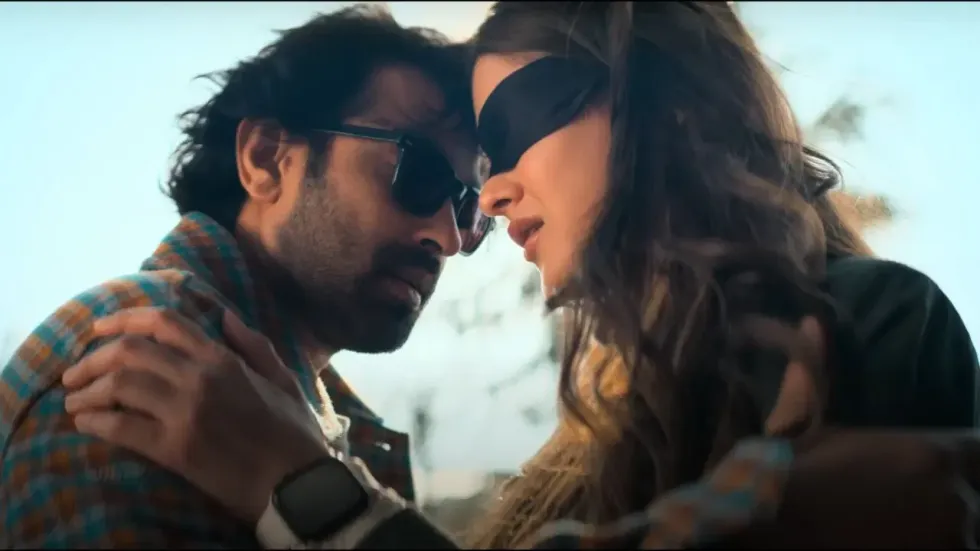 Shanaya Kapoor's troubled debut
Shanaya Kapoor's troubled debut Sana Yousuf
Sana Yousuf

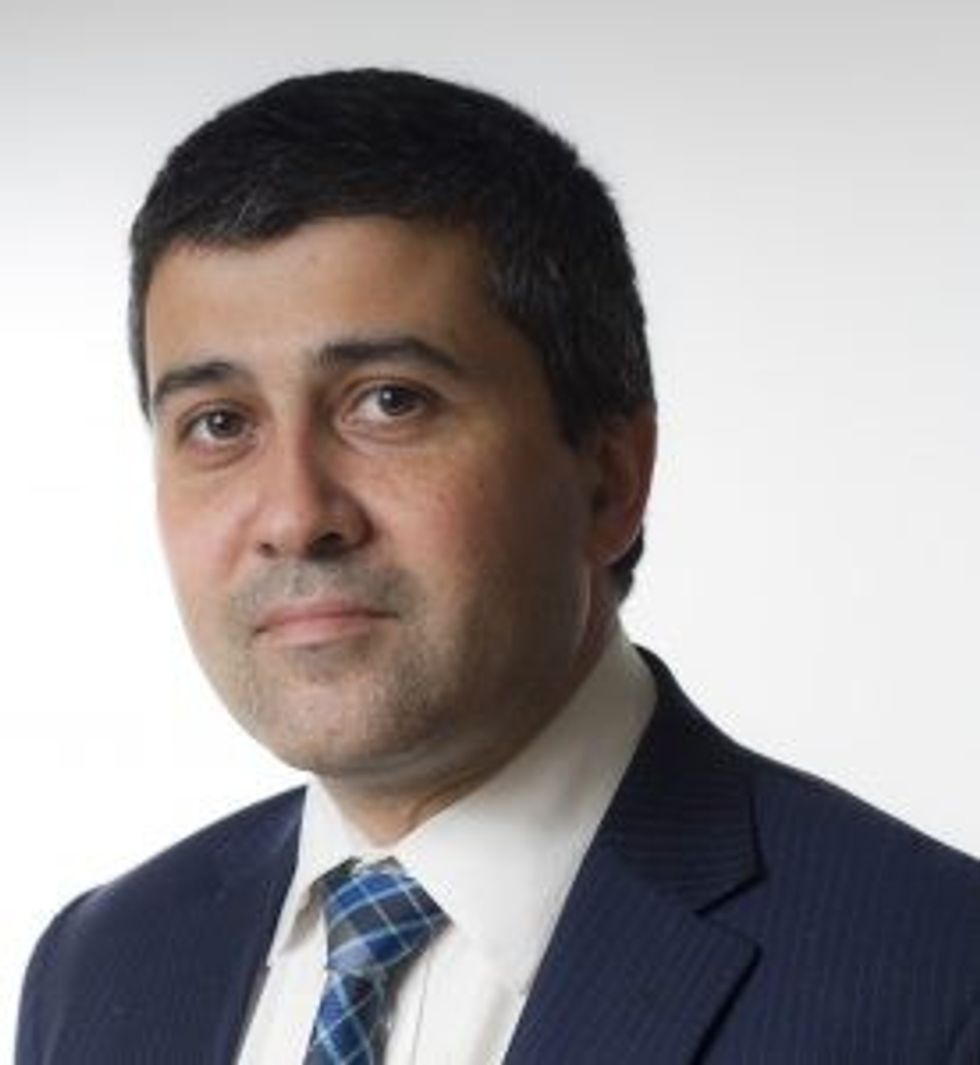
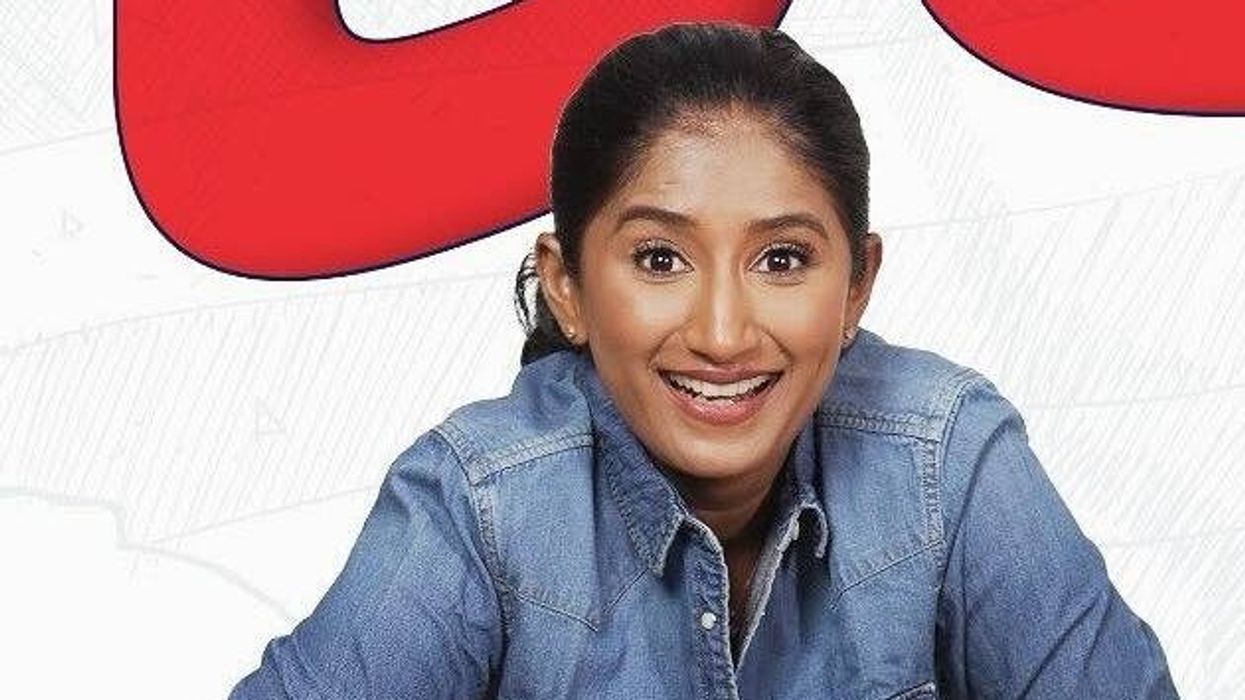
 Shraddha Jain
Shraddha Jain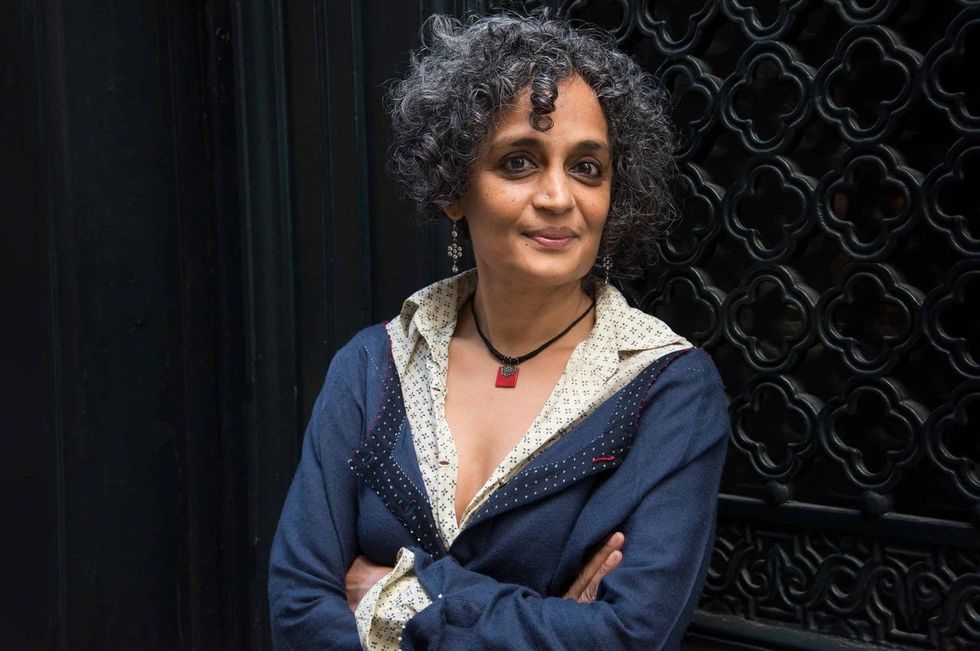 Arundhati Roy
Arundhati Roy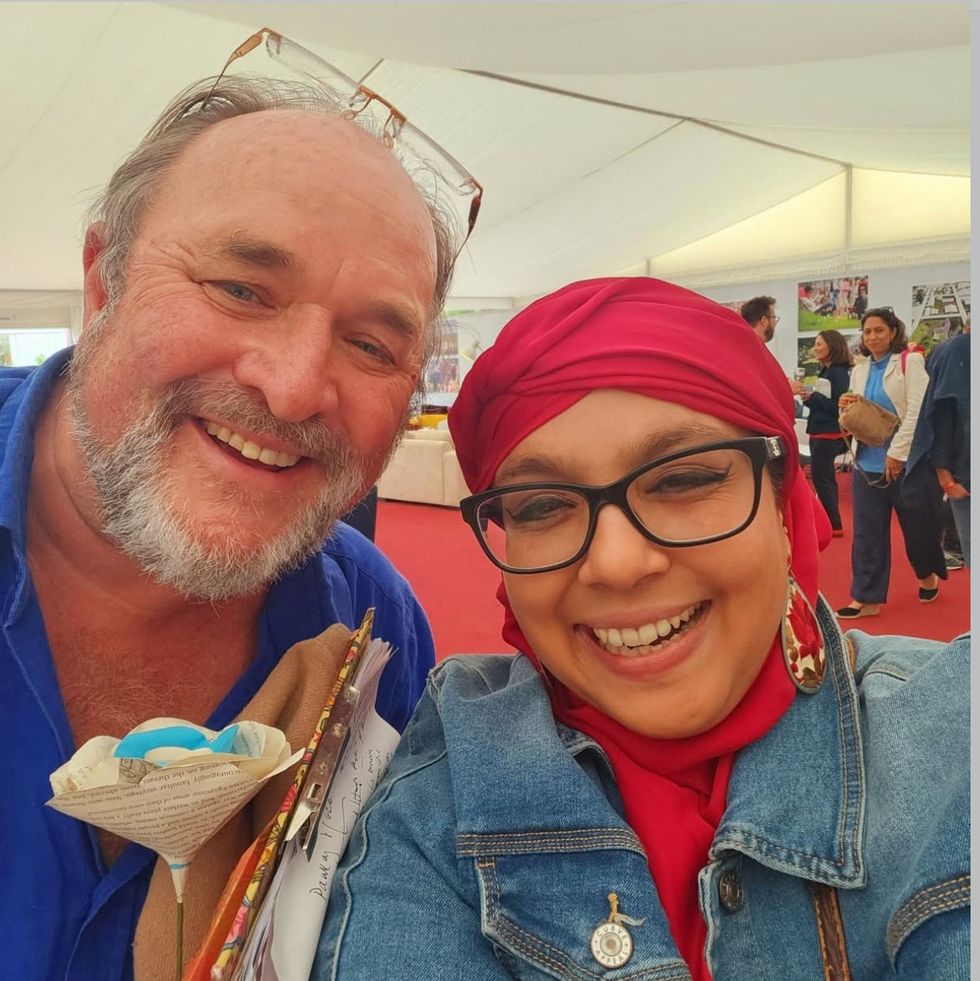 William Dalrymple and Onjali Q Rauf
William Dalrymple and Onjali Q Rauf Ravie Dubey and Sargun Mehta
Ravie Dubey and Sargun Mehta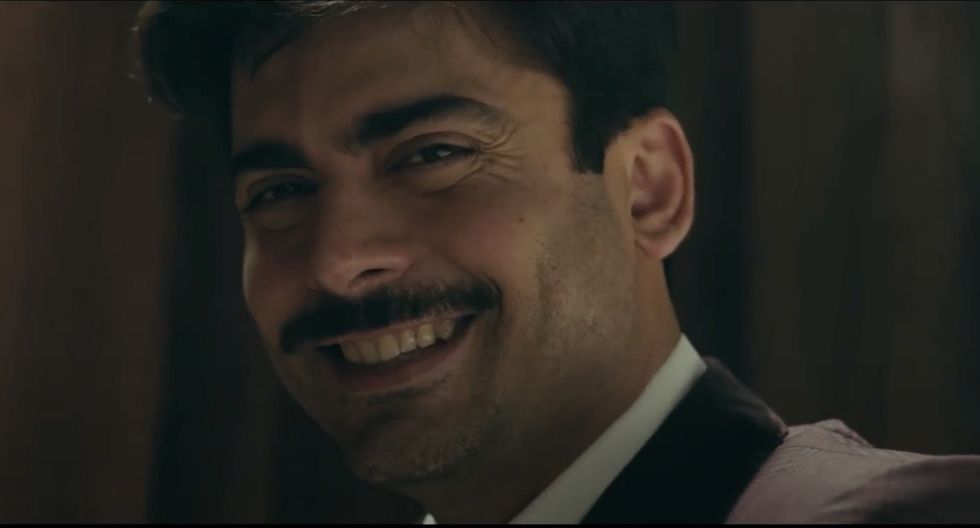 Money Back Guarantee
Money Back Guarantee Homebound
Homebound Guru Dutt in Chaudhvin Ka Chand
Guru Dutt in Chaudhvin Ka Chand Sarita Choudhury
Sarita Choudhury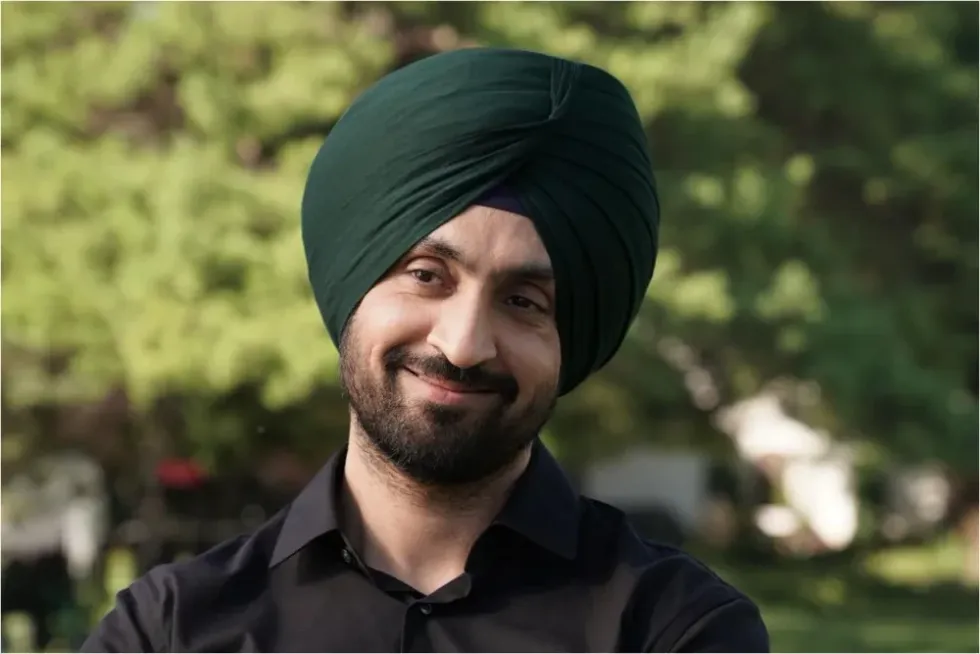 Detective Sherdi
Detective Sherdi